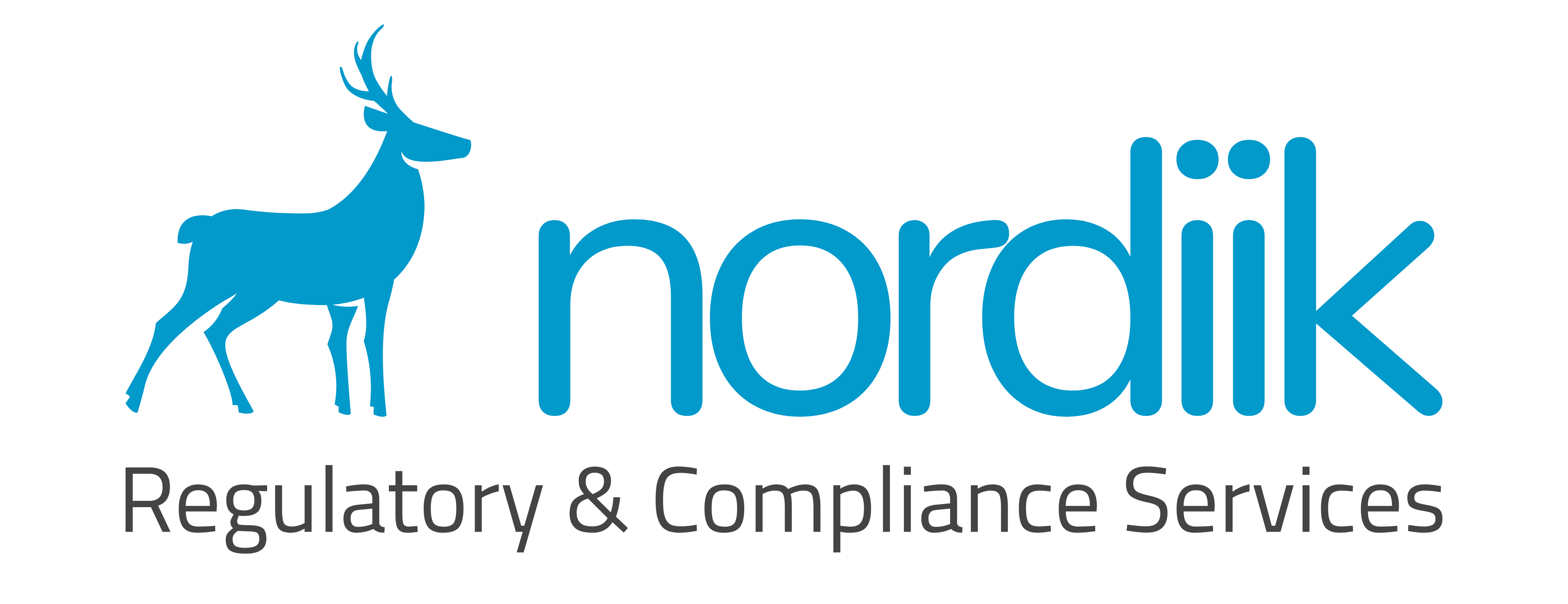ECHA Moves to Restrict Chromium VI Substances Across the EU
ECHA to Restrict Chromium VI substances. The European Chemicals Agency (ECHA) has taken a significant step toward protecting public health and the environment by proposing an EU-wide restriction on a broad range of hexavalent chromium (Cr(VI)) substances. This move, requested by the European Commission, aims to address the serious risks posed by these highly carcinogenic chemicals, which are widely used in industries such as electroplating, surface treatment, and the formulation of industrial mixtures15.
Cr(VI) compounds are recognized as some of the most potent workplace carcinogens, with well-documented links to lung and intestinal cancers among exposed workers and communities near industrial sites. The proposal comes after ECHA’s comprehensive assessment of both the health risks and the socio-economic impacts of restricting these substances. The restriction would not only target the most commonly used Cr(VI) compounds-such as chromium trioxide and chromic acid-but also expand to cover additional substances listed in the REACH Authorisation List, including barium chromate, to prevent unsafe substitutions15.
Uses that may be exempted of Chromium VI restrictions
Under the proposed rules, most uses of Cr(VI) substances would be banned, except for specific applications where strict exposure and emission controls are met. These exceptions would apply to activities like:
- Formulation of mixtures
- Electroplating on plastic or metal substrates
- Use in primers and slurries
- Other Surface Treatment and
- Certain functional additives, provided that worker safety and environmental protection can be demonstrated.
ECHA estimates that the restriction could prevent up to 17 tonnes of Cr(VI) from entering the environment annually and avert as many as 195 cancer cases each year.
The long-term economic benefit is substantial, with projected savings between €331 million and €1.07 billion over 20 years, depending on the restriction option chosen. However, the transition will involve significant costs for industry, including investments in safer alternatives, improved safety measures, and potential changes in production processes.
The process is transparent and participatory. Following the submission of the restriction proposal on April 11, 2025, all stakeholders-including industry, workers, and public health advocates-will have six months to provide evidence and feedback during a public consultation. ECHA will also host an online information session to guide stakeholders through the process15.
Ultimately, the European Commission and EU Member States will decide on the final scope and conditions of the restriction, informed by scientific and socio-economic analyses. This initiative marks a pivotal effort to reduce cancer risks and environmental harm from hazardous chemicals, reinforcing the EU’s commitment to health and safety.
Do you need to know how REACH is affecting Chromium (VI) used on products? Nordiik can help, contact us!
Source: ECHA









